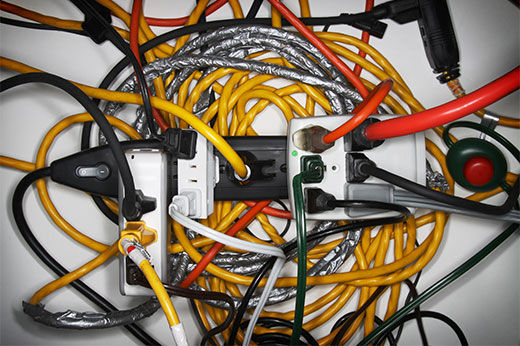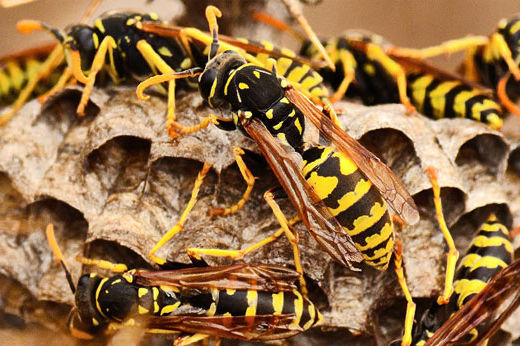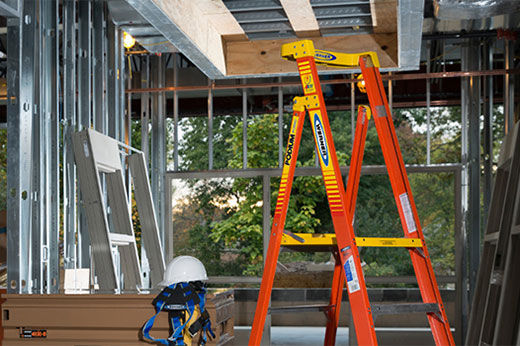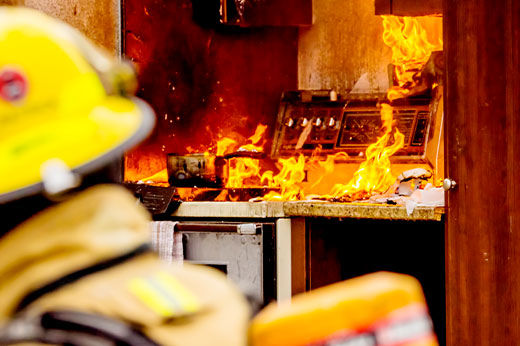Always take precaution when handling harmful chemicals and keep loved ones safe by putting chemicals out of reach of children and animals. If you think someone or a pet may have ingested something harmful, take action immediately. Call the poison helpline at 1-800-222-1222 and go to your local hospital.
7 Tips to Prevent Poisoning at Home
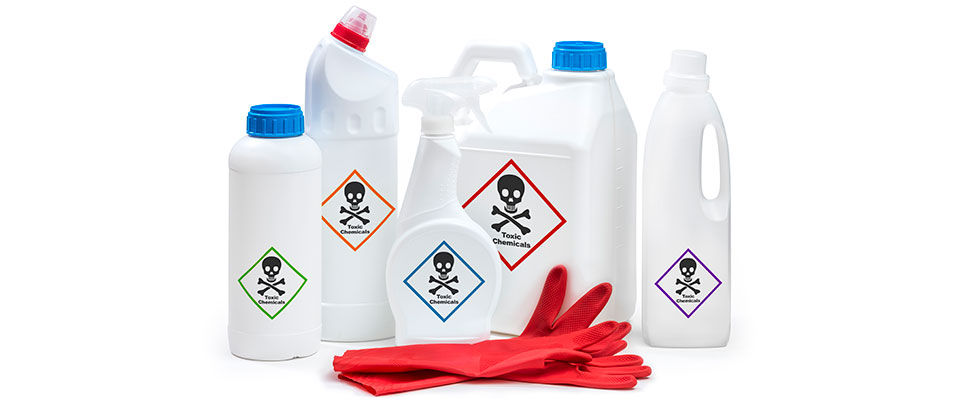
According to the American association for poison control, “Each year, more than 90% of exposures reported to local poison control centers occur in the home.” National Poison Prevention week occurs March 15-21 this year. To bring awareness to harmful hazards around the house, we’ve complied 7 tips to help protect against poisoning at home. Here are some ways you can keep your family, friends, and yourself safe at home:
1. Be Smart About Storage
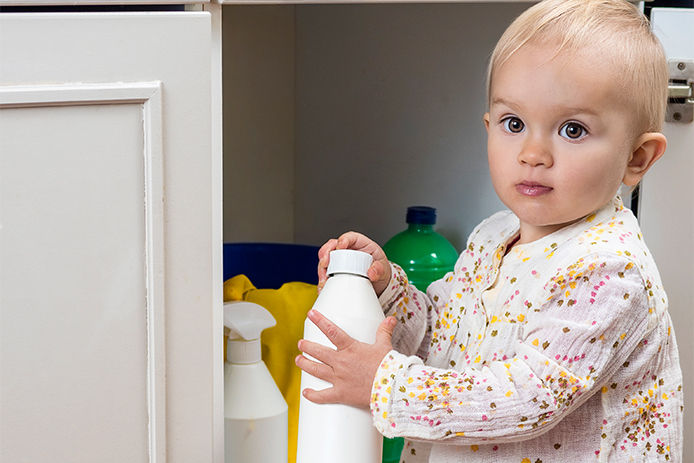
Children like to explore and get into things they aren’t supposed to, like lower cabinets. If you store household products in lower cabinets, use child safety locks. Make sure lids are put on tight or turned to off when not in use. It is best to store household products up and out of sight in a cabinet where a child cannot reach them.
2. Remember, You Are Not a Chemist
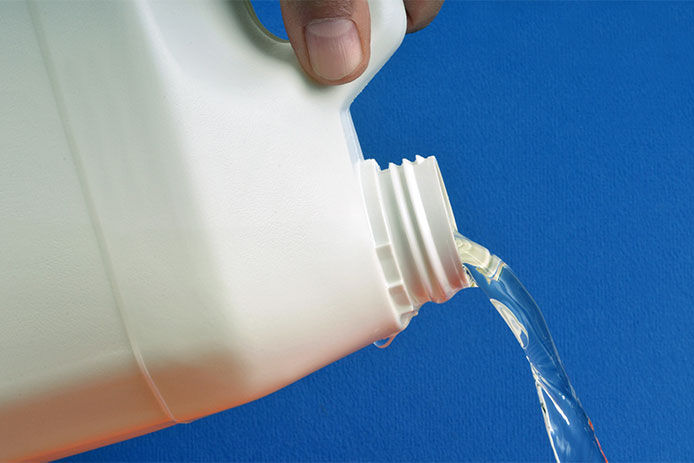
Mixing cleaning chemicals is often dangerous. For example, mixing bleach and ammonia results in toxic gases. Therefore, leave the mixing to the chemists and never mix household products together.
3. Protect Your Skin and Eyes
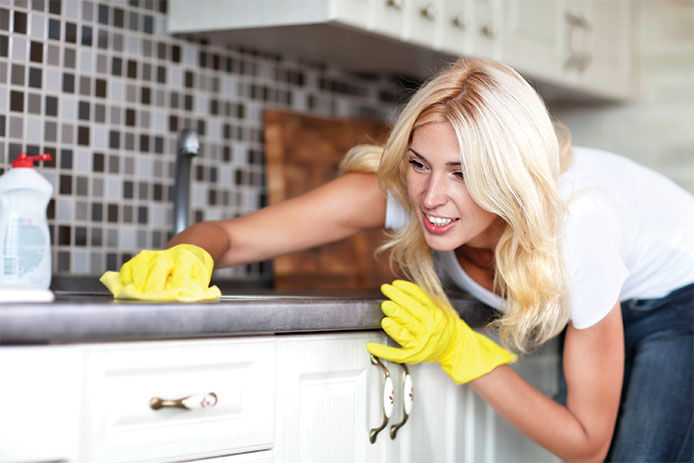
Exposure to chemicals can lead to skin burns and rashes. Therefore, if you spray pesticides or other chemicals, wear protective clothing like, gloves, long sleeves, long pants, socks, and shoes.
4. Vent the Area You're Working In
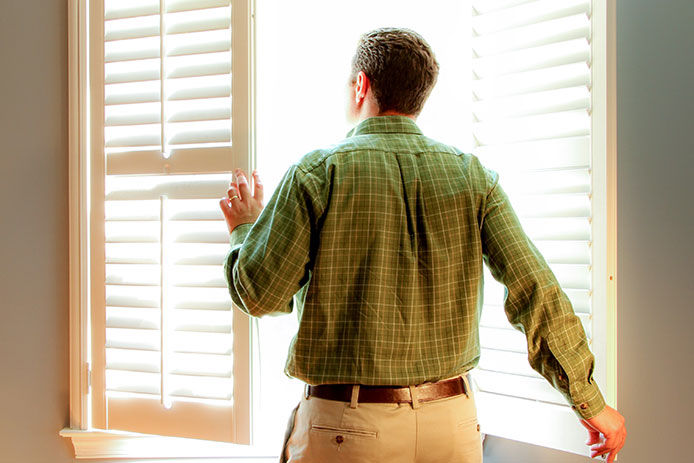
Inhaling chemical fumes can lead to serious respiratory problems. Open windows and turn on the fan while using chemicals, especially in small spaces.
5. Protect Against Invisible Threats

Carbon monoxide is an odorless and colorless gas that causes severe illness and even death. Exposure occurs the most in winter months and during power outages. Install carbon monoxide detectors in your home, to help protect your family.
6. Creativity Can Spell Disaster
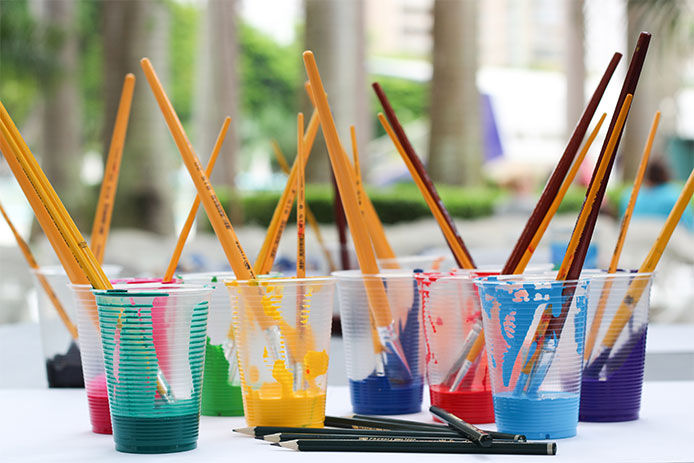
Chemicals can be found in almost everything, even kids’ art supplies. Some supplies are toxic and can be dangerous if they are ingested. Follow directions, and use supplies correctly. Store supplies out of reach of children and animals, when they are not being used.
Keep Your Furry Friends Safe
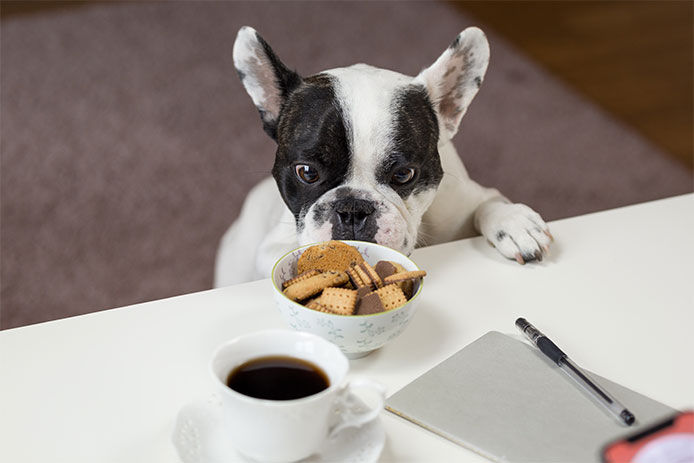
Bouquets are pretty and can be pretty toxic to animals if they contain lilies or daffodils. Left-over food is also dangerous to animals, and they will dig in the trash to get to them. So keep your flowers up on tables or counters, and put a lid on your trashcan or keep it behind closed door. Outdoor gardens can also contain wild plants dangerous to dogs and cats. Find out which plants to look for with this helpful Poisonous Plants to Dogs and Cats Guide.
